Radcot Meadow to Kelmscott Manor

The spiders overnight work was being shown off by the morning dew, a very pretty sight to open the curtains to.

Not far today, but we were still up and away early to hopefully find a mooring. Passing all the glamping teepees and tents by Radcote Bridge (the oldest on the Thames) we wondered how many slices of pig were being fried up for breakfast.
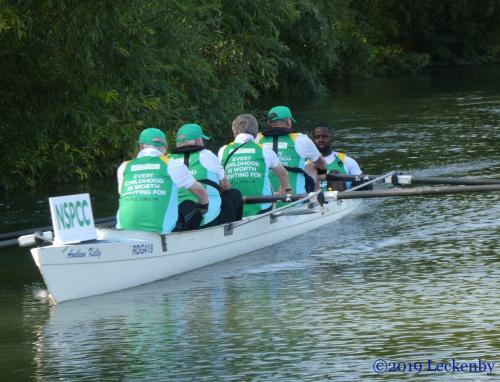
A rowing boat was heading towards us, nothing surprising there. This turned out to be a novice team rowing from Lechlade to Teddington raising funds for the NSPCC. Their back up team running the towpath warned that they weren’t so good at steering, well they’ll have a problem when they come to the next twists and turns!

After a mile and a half we reached Grafton Lock, although on self service there was a Lockie doing his checks, he opened up the bottom gates and worked us up. Another boat appeared from above which he worked down too, how long would it be before he could head off to the next lock?


Today the Twists and turns have been replaced by pill boxes, they felt as though they were every few hundred yards as we made our way to where we wanted to moor, The easy moorings were full, round the bend was full also. Signs on posts stood high above the friendly cover so it looked like there might be more places to moor round the next bend. We pulled into the cover, no chance of me getting off at the bow, but Mick managed with a scramble.

Pinned in at the front and tied round the post at the stern we had a handy rope to help clamber up the bank. Why here? Why not go on further? Well just through the trees we could see the reason Kelmscott Manor, William Morris’s holiday home.

In 1871 William Morris and fellow artist Dante Gabriel Rossetti took out a years lease on the house, it was to provide them with a country retreat away from London and the pressures of work. Originally built around 1570 the Elizabethan house had captured Morris’s imagination. The lease was continued, Rossetti moving out in 1874 being replaced by Frederick Startridge Ellis, Morris’s publisher.

The house and surrounding area gave inspiration to Morris for 25 years, influencing his poetry, textiles, wallpaper designs. The traditional architecture of the area reinforced his convictions about the integrity of craft-based work and design and the importance of conserving ancient buildings for future generations.

Morris managed to secure a 20 year lease of the house and later after his death in 1896, Jane his wife continued to be a tenant moving from London to live in the house full time. In 1913 she managed to buy the freehold of the manor along with 9 1/2 acres of land. In 1914 May, their daughter, inherited the house and in 1938 when she died she left the house to Oxford University. By the 1960’s The Society of Antiquaries of London was looking after the house and serious works were needed to save it from major problems with the stone slating and wall masonry, damp and timber decay. Much work was carried out and by 1967 the house was ready for it’s new lease of life and to have visitors.

Entrance to the house is by timed entry ticket, this gave us enough time to look at some of the grounds and the posh William Morris tat in the shop. A one way route round the house was in operation and volunteers guided you through the house and were on hand to answer questions.

Many items have remained with the house from Morris’s time and before. These items living up to Morris’s maxim, Have nothing in your house that you do not know to be useful, or believe to be beautiful. That reminds me we need to reapply this to Oleanna.

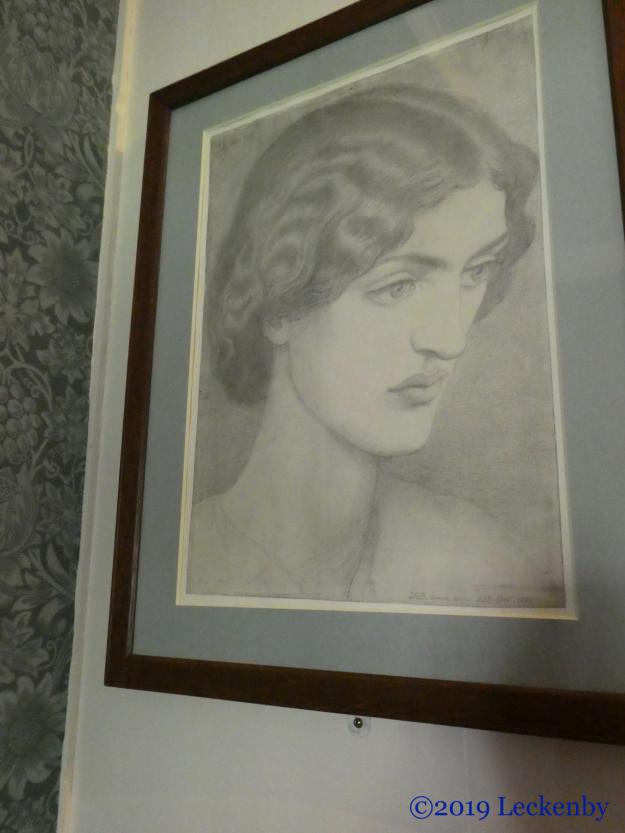
Morris fabric hangs from many walls, and wonderful embroideries by his wife and daughter accompany drawings by Burne-Jones, Rossetti, and furniture from other Arts and Crafts designers. Albercht Durer and Breughel works hang on walls all important influences on Morris.
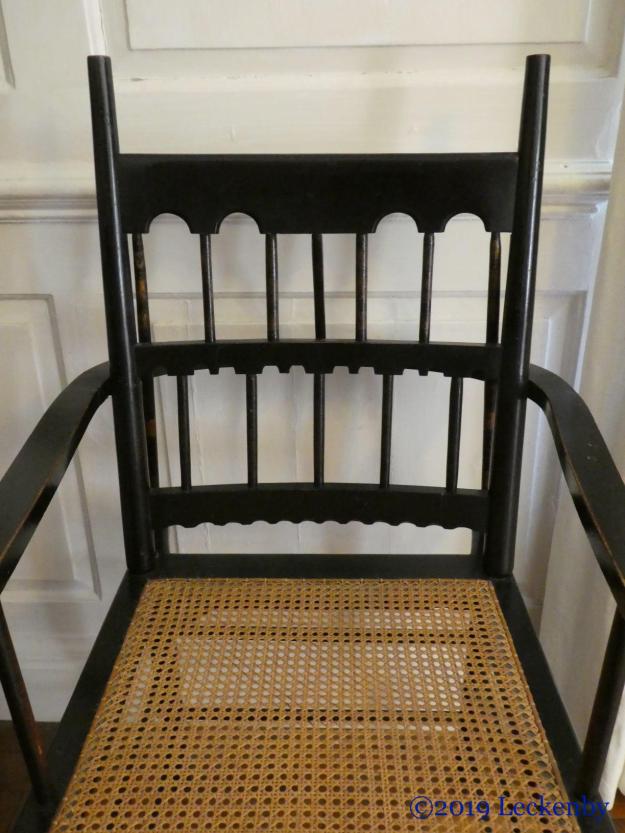

Various styles of Sussex chairs with their dark wood, rattan or rush seats sit comfortably all around the house.
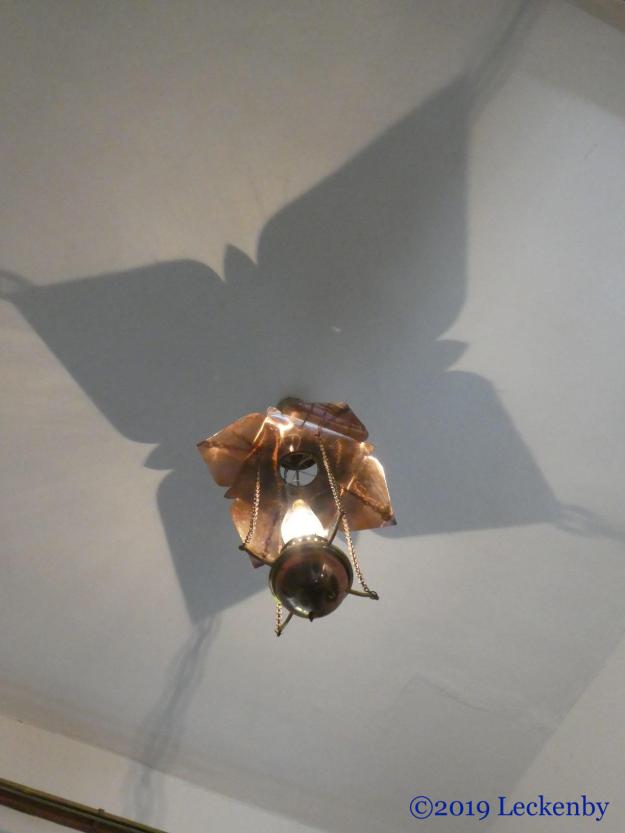
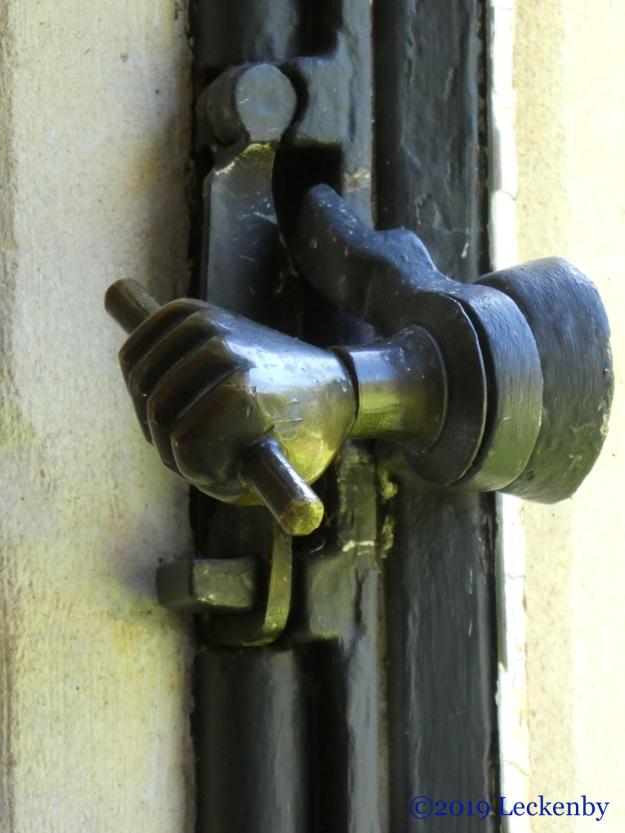
Tapestries. light fittings with reflectors.

A circular mirror hangs on the staircase wall echoing the Portrait of John Arnolfini and his Wife by Jan Van Eyck.


Windows framing views of the garden literally held in place by the window catches.

A recent acquisition is the wonderful ‘The Homestead and the Forest’ cot quilt. A circular Thames encircles Kelmscott Manor and outside are animals from across the world.


Lions, cats, flamingos, crocodiles.

A loft staircase, takes you up to the attic rooms. Here is what captured Morris’s heart and ours.
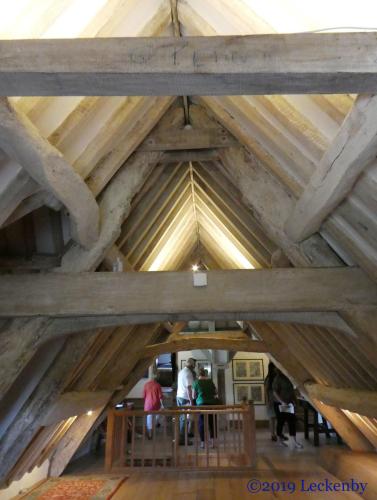
The rooms below are very nice with great views, but you really can’t beat the slopping roof and exposed beams of an attic room.
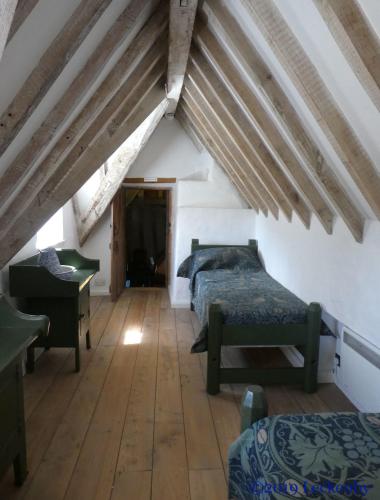
This house doesn’t just have one room up here, it has several. I’d quite happily live up on the top floor of the house. What wonderful rooms.

A steep spiral staircase brings you down the house, pausing at first floor level there was a display of paintings by Edward and Stephani Scott-Snell who leased the house for a few years after May died. Then back down to the ground floor.

The gardens are worth a view too, a brewhouse, three seated privy, a mulberry tree and Medlar tree sit around the house.

We could have headed back to the boat for lunch but decided on sampling the cafe. My usual safe jacket potato was followed by a very nice slice of gluten free carrot cake, Micks coffee and walnut cake also got the thumbs up, all at reasonable prices.

A look around the village was next. More lovely houses with their tile stone roofs. Past the pub to St George’s Church. A simple small village church where William Morris, his wife and two daughters are buried. Interesting that William gets a loop on his M’s on the stone, but the others don’t.
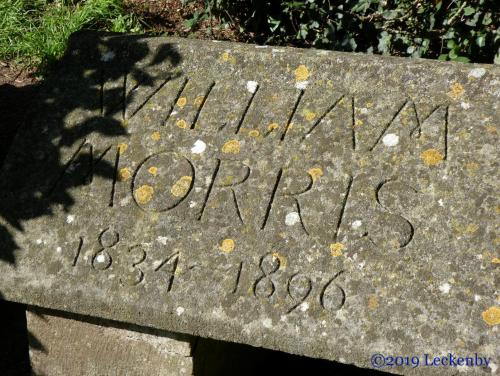
Inside the church is simple, but hidden behind the small organ in the north transept are medieval wall paintings dating from before 1280 depicting Adam and Eve, Cain and Abel.
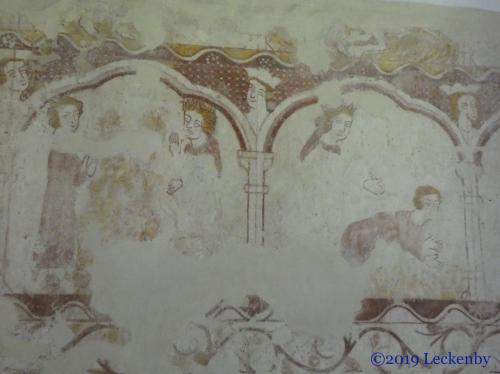
Normally when we visit churches of this size we are the only visitors, possibly for days, but today we had plenty of company. Shame we were the only ones to pop some coins through the whole in the wall to help with the upkeep.
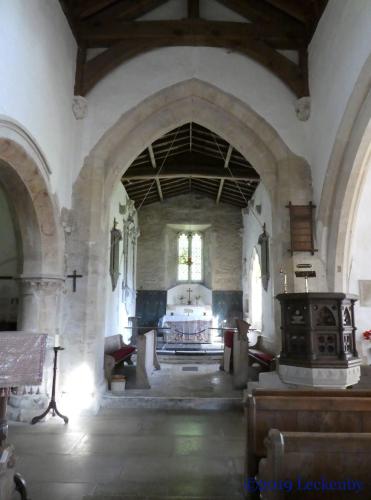
The manor was well worth a visit. This year it has been open from April to the end of August on Wednesdays and Saturdays. Only two more days to visit this year. Then the whole operation will close down for major works to take place enabling them to accommodate more visitors and do much needed remedial works on the house. If all is going well they will open for limited time next year, but the house will reopen to visitors in 2021 the 150th anniversary of when William Morris first moved to the house.

After avoiding the hot outside all day, then avoiding the woofers and people, then avoiding the wobbly lads on day boats I headed out to see what I could see. I’d been warned that the friendly cover shouldn’t be pounced in as this outside might be missing some floor in places. So I headed across the field to a large wood pile. This was very interesting to climb and poke my arms in. A few friends kept me amused for a while but it was all over too quickly when She came calling for me.

1 lock, 3.04 miles, 0 bacon for us, 1 clambering mooring, 12:10 entry, 1 Elizabethan house, 3 floors, 2 peacocks, 1 wonderful attic, 2 slices cake, 2 cups of tea, 3 seated loo, 200 lbs of Mulberries, 1 little church, 4 in one, 3 hours, 1 big log pile, 1 cooling breeze, 1 cardigan back to where it should be.

Kind of got the like button working!
It’s due to me not being logged into WordPress as always logged in. Need to work that one out. If I click through to my WordPress site and followed blog posts I can do it from there.
Yet to catch up so not read this post yet.
Cheers
Glad you are back with us Ade
I hope your mooring wasn’t as full of nettles as ours was when we visited! It’s a wonderful place to visit though. Sorry we missed you in Oxford, we’re now in Banbury and way behind with the blog!
Debby